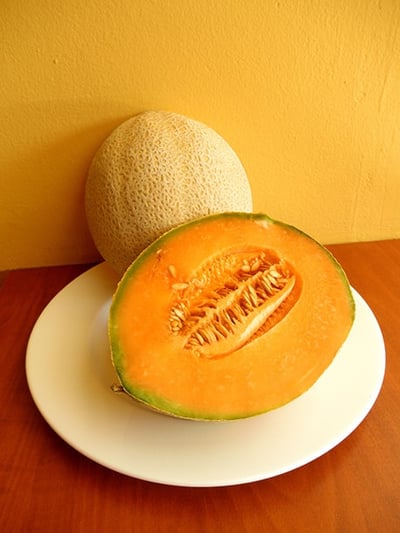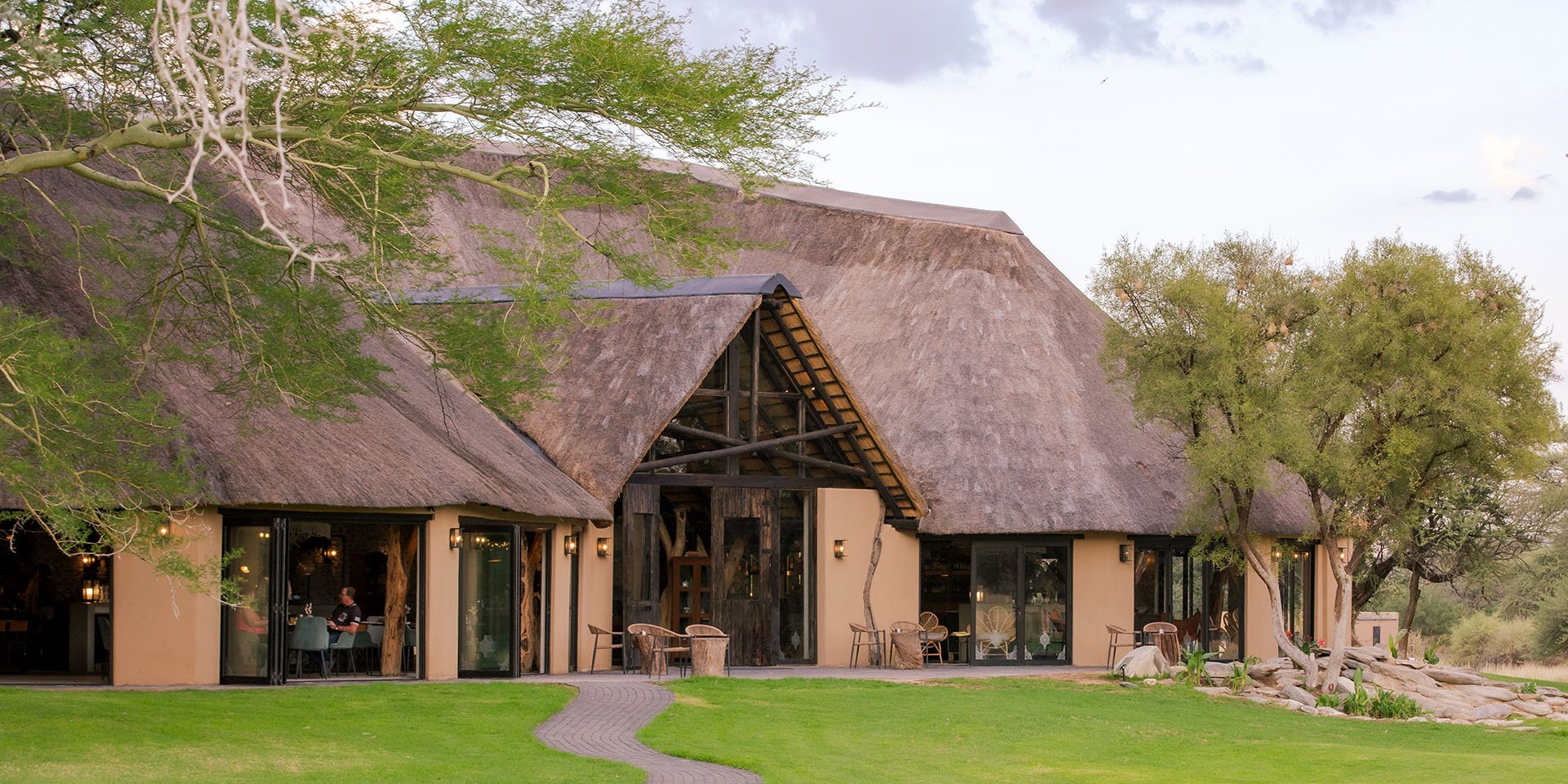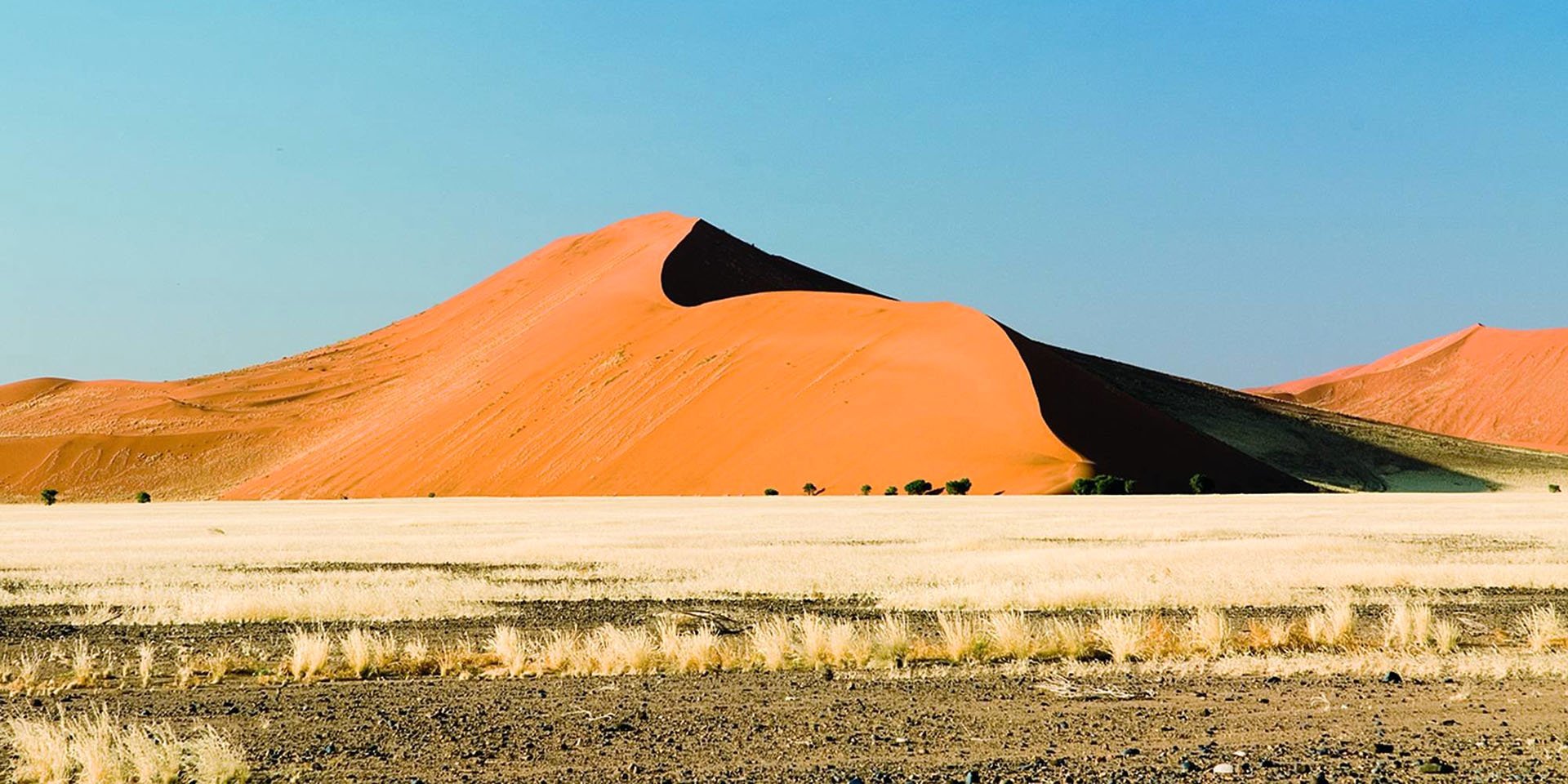Lady Juana Maria Smith loved and was loved wherever she went. Those who met her on her adventuresome path of life at the side of her beloved husband were enchanted. In South Africa her memory even lives on in the name of a fruit: the cantaloupe or rock melon is called spanspek in South Africa.
Lady Juana’s husband, Sir Henry Smith (who preferred to be called Harry), served the British crown at the Cape from 1828 until 1845. Eventually he became the first governor of the short-lived Queen Adelaide province in the Eastern Cape, where he and his wife enjoyed great popularity with the Xhosa as well as the Boers. Smith was then transferred to India for two years to join the First Anglo-Sikh War. In recognition of his services he was knighted after the British victory in the battle of Aliwal. In 1847 he was appointed governor of the Cape Province and returned to South Africa.
According to legend from the couple’s South African years Sir Harry loved bacon and eggs for breakfast. Lady Juana, on the other hand, didn’t like bacon and preferred cantaloupe melons. In the Smith household these melons were soon known as the ‘Spanish bacon’, or ‘die Spaans se spek’ in Afrikaans. Apparently this is how this particular type of melon got the name ‘spanspek’ in South Africa.
 Spanspek. Photo: Gondwana Collection
Spanspek. Photo: Gondwana Collection
Cosy breakfast times aside, the Smiths actually lived in rather turbulent times. Their love story began during the Peninsular War in 1812 when British troops stormed the Spanish town of Badajoz and then went on the rampage. Among the inhabitants who fled the looting and sacking were two sisters of noble birth, descendants of Juan Pons de Leon, famous for discovering Florida. The sisters sought the protection of British officers and 23-year-old Captain Smith was so smitten with the younger sister, 14-year-old Juana Maria de Los Dolores de Leon, that they were married within two weeks. Juana became a true army wife who followed her husband to every battle during the next three years of campaigning, which culminated in the Battle of Waterloo.
The Smiths came to South Africa in 1828. The names of several towns and places still testify to their popularity and the couple’s love for each other: Ladismith in the Western Cape Province and Ladysmith in KwaZulu-Natal are named in honour of Juana, as well as Juanasberg, an elevation in the Amatola Mountains near Hogsback in the Eastern Cape. Places named after or by Sir Harry are Harrismith in KwaZulu-Natal, Smithfield and Fauriesmith in the Free State, and Aliwal North in the Eastern Cape. Mosselbay was previously Aliwal South.
Sir Harry and his wife were ordered back to Britain in 1852. Lady Juana wept when she boarded the ship. In the years to come she declared on numerous occasions that the time in South Africa had been the happiest of her life.
The great love story ended when Sir Harry died in 1860. Lady Juana was laid to rest at his side, in Whittlesea in England, 12 years later. There is a Whittlesea in South Africa as well, named so by the Cape Governor of yore and his Spanish Lady.





SUBMIT YOUR COMMENT